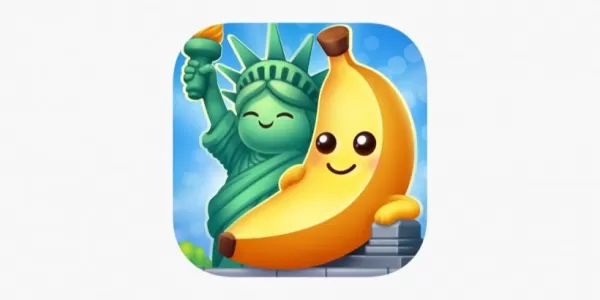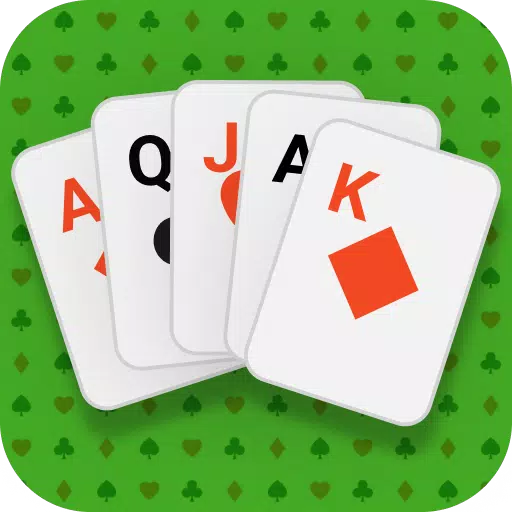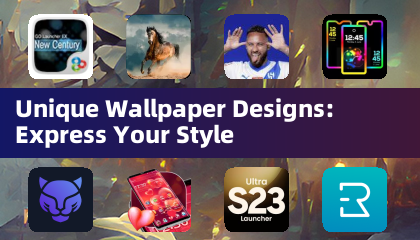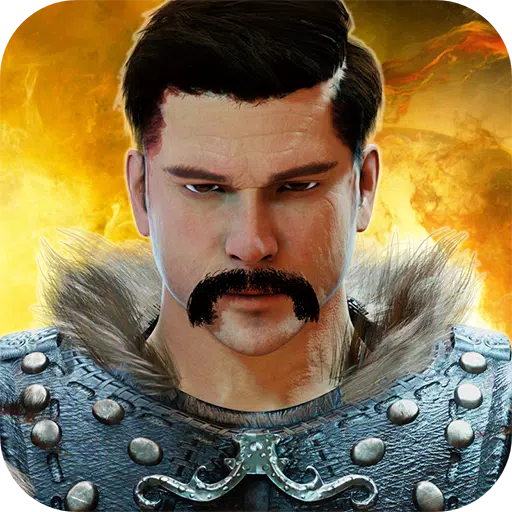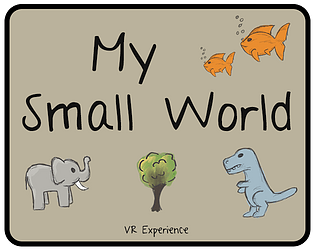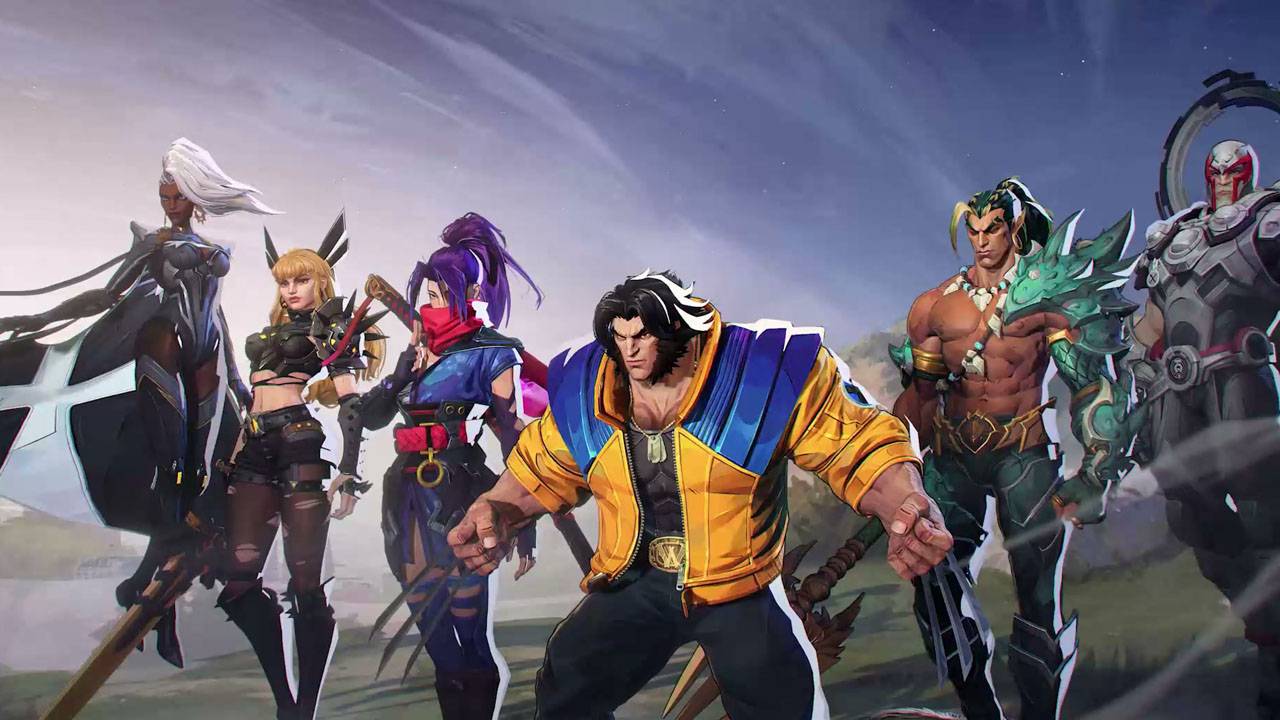As teased by Nintendo, Nvidia has now shed light on the custom GPU that powers the Nintendo Switch 2. Although the details provided were less technical than enthusiasts might have hoped for, they certainly piqued interest.
In a recent blog post, Nvidia confirmed the findings that IGN had reported earlier from Nintendo itself: the GPU supports AI upscaling via DLSS (Deep Learning Super Sampling) and ray tracing. DLSS, an AI-powered technology, leverages machine learning to upscale lower-resolution images in real time, significantly enhancing both the performance and visual quality of games.
Nvidia described the Switch 2's GPU as a "custom Nvidia processor featuring an Nvidia GPU with dedicated RT Cores and Tensor Cores," designed to deliver stunning visuals and AI-driven enhancements. They highlighted that over 1,000 engineer-years of effort went into every aspect of the system, from chip design to custom APIs and development tools, resulting in major upgrades for the Nintendo Switch 2.
These upgrades include support for up to 4K gaming in TV mode and up to 120 FPS at 1080p in handheld mode. Additionally, the console supports HDR and AI upscaling to enhance visual clarity and smoothness in gameplay. The new RT Cores enable real-time ray tracing, which provides lifelike lighting, reflections, and shadows for more immersive game worlds. Meanwhile, Tensor Cores power AI-driven features like DLSS, allowing for higher resolutions and sharper details without compromising image quality.
Nvidia also mentioned that Tensor Cores facilitate AI-powered face tracking and background removal for video chat applications, enhancing social gaming and streaming experiences. During the Nintendo Direct, Nintendo introduced the C button, a new feature that uses an external camera and the Switch 2's built-in microphone for chat functionality, with smart noise filtering to focus on the player's voice.
Nvidia made a bold claim about the Switch 2, stating it offers "10x the graphics performance of the Nintendo Switch," promising smoother gameplay and sharper visuals. However, they did not detail how this performance metric was calculated. It remains to be seen how tech experts like Digital Foundry will assess these claims once the Switch 2 launches in June.
In addition to performance, Nvidia noted that Tensor Cores enhance AI-powered graphics while maintaining efficient power consumption, and RT Cores add realism with dynamic lighting and natural reflections. The console also supports Variable Refresh Rate (VRR) via Nvidia G-SYNC in handheld mode for ultra-smooth, tear-free gameplay.
During a hardware-focused roundtable Q&A in New York, Nintendo confirmed the use of DLSS in the Switch 2 but remained vague on specifics, such as which version of DLSS is implemented or if it was customized for the console. Similarly, they acknowledged the Switch 2’s GPU capabilities for ray tracing without delving into specifics.
Tetsuya Sasaki, General Manager at Nintendo’s Technology Development Division, emphasized that Nintendo prefers not to focus too much on hardware specifications. "Nintendo doesn't share too much on the hardware spec," he stated. "What we really like to focus on is the value that we can provide to our consumers. But I do believe that our partner Nvidia will be sharing some information."
A patent filed in July 2023 and published in January of this year hinted at AI image upscaling technology designed to keep game download sizes manageable for physical cartridges while supporting up to 4K textures.
For more information, you can explore everything announced at the Switch 2 Nintendo Direct and expert analyses on the Switch 2's pricing and the $80 price tag for Mario Kart World.
Nintendo Switch 2 System and Accessories Gallery
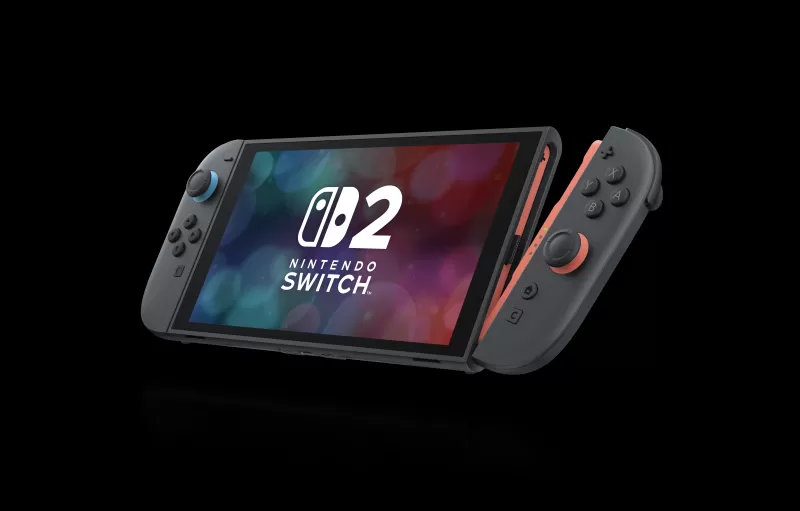
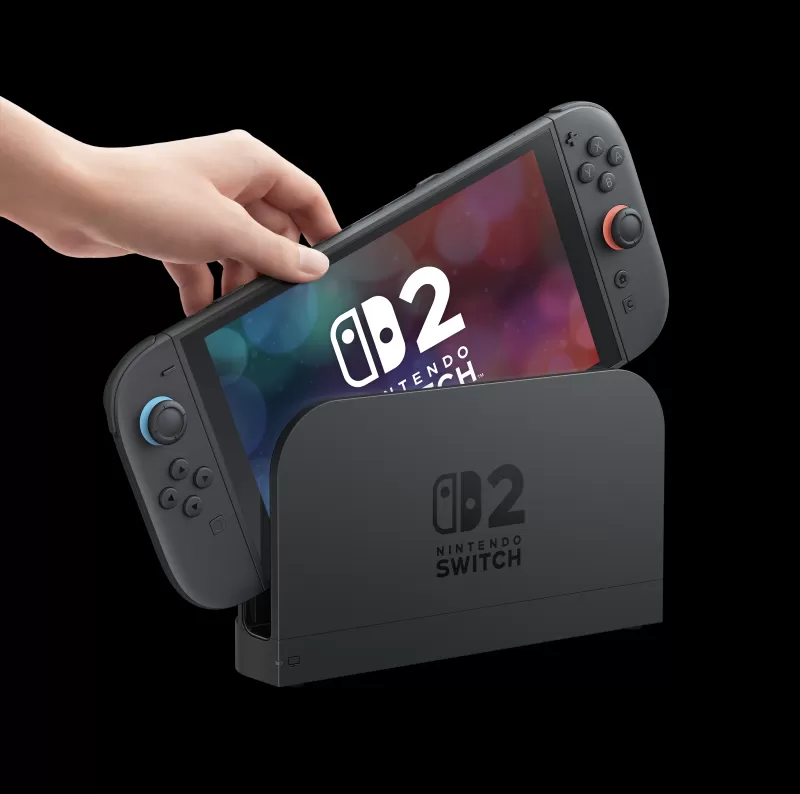 91 Images
91 Images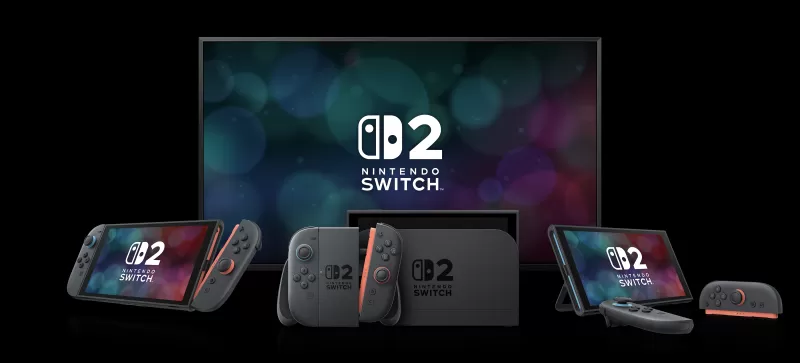
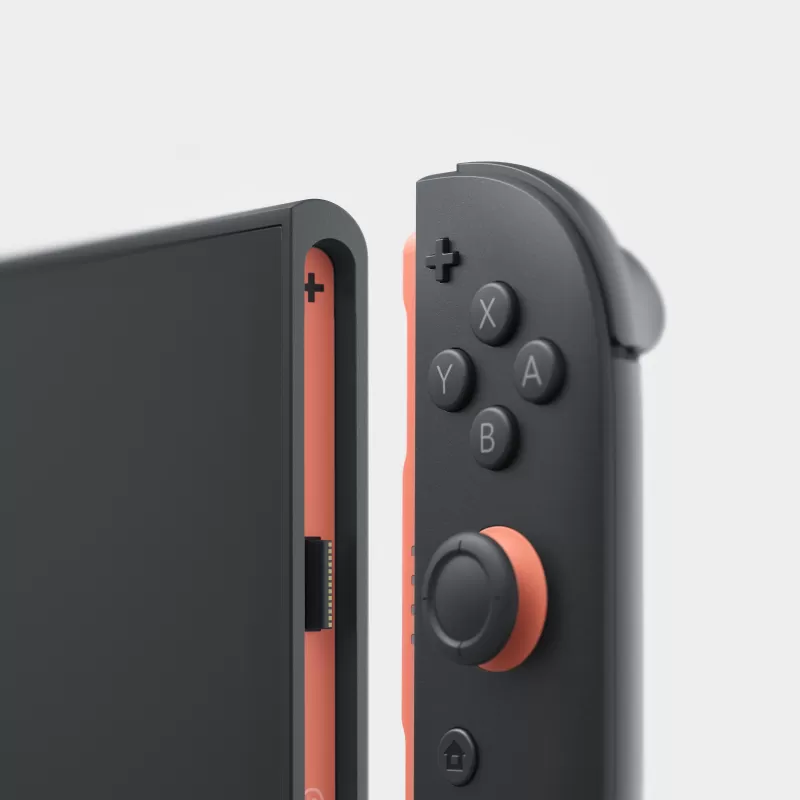
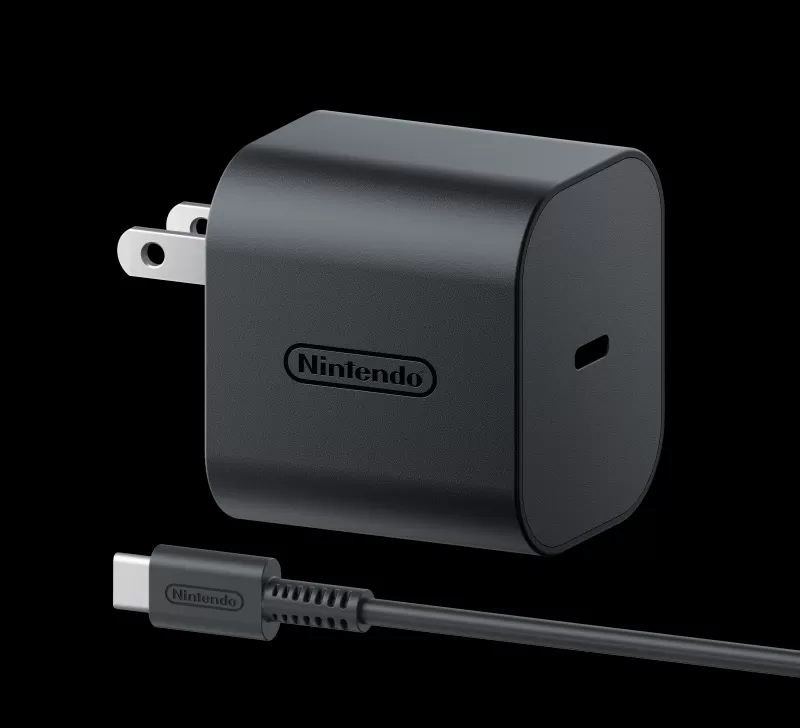
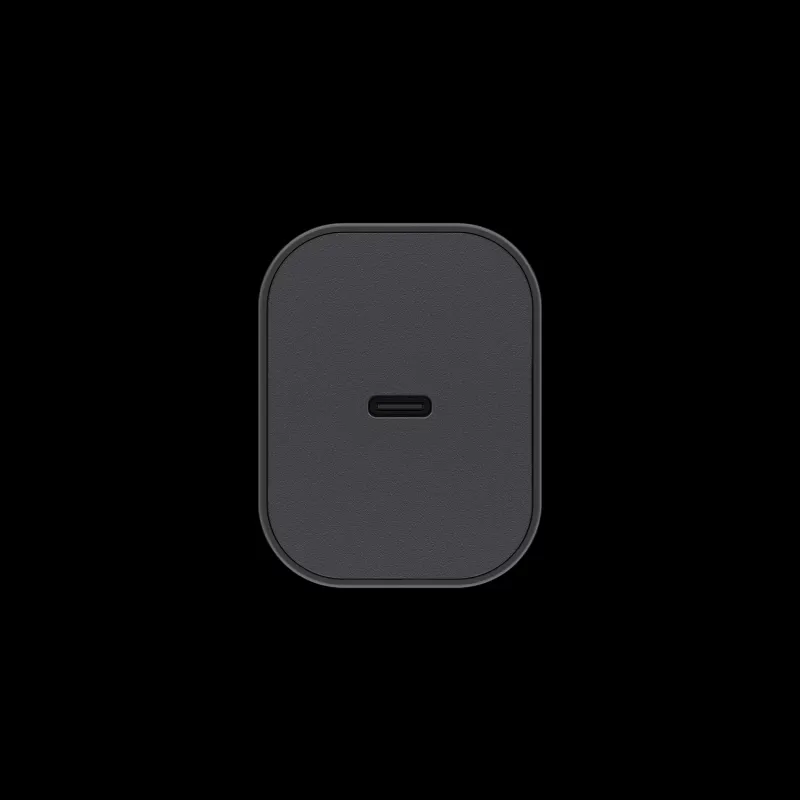
What Do You Think of the $449.99 Nintendo Switch 2 Price?
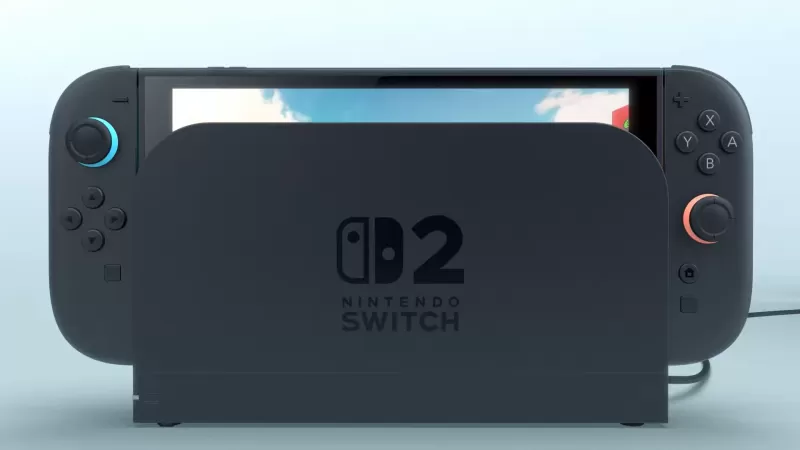
- Too expensive
- Cheaper than I was expecting
- About right
- Something else (let us know in the comments!)


